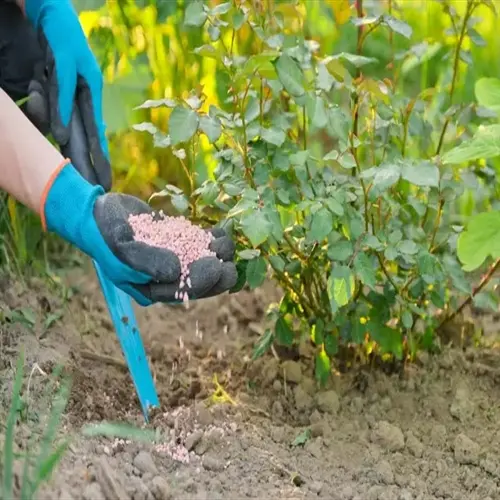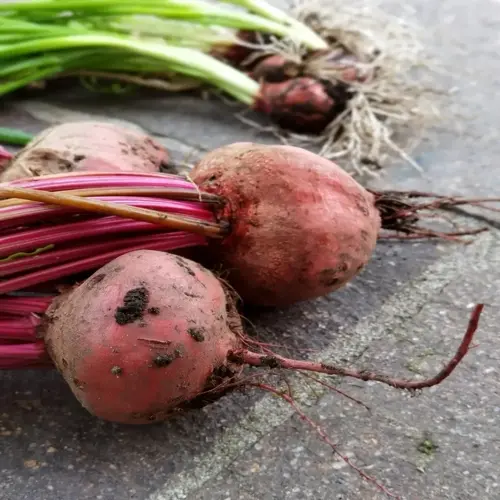What happens if I harvest cabbage too late?

Written by
Liu Xiaohui
Reviewed by
Prof. Samuel Fitzgerald, Ph.D.Harvesting too late means that the quality of the harvest will forever be of lesser quality. Overripe heads may crack open if they absorb too much water due to rain. The heads can then become woody, develop a bitter aftertaste, and become unpleasant to taste. Bolting, or flowering too early, will ruin the texture after hot temperatures. The months of hard work in the garden are wasted and disappointing if things go wrong.
Texture Degradation
- Woody fibrous leaves lose crispness
- Bitter compounds develop in bolted plants
- Moisture loss accelerates after cracking
Storage Failure
- Split heads mold within days
- Bolted cabbage wilts rapidly
- Ethylene sensitivity increases deterioration
Nutritional Decline
- Vitamin C content drops significantly
- Sugar converts to bitter glucosinolates
- Antioxidant levels decrease by up to 40%
Avoid a late harvest by monitoring every week through maturity. Monitor firmness and size starting 60 days after planting. Measure heads against variety standards. Green types should weigh 5-7 inches (12-18 cm) in diameter, and Napa must be 10-12 inches (25-30 cm) in length.
When the heads show signs of being ready to harvest, you should act quickly. Harvest heads in the morning when temperatures are below 70°F (21°C). Use a sharp knife and sanitize it. Cut stems 1-2 inches above the soil, and leave the leaves intact to protect the heads. Refrigeration immediately after harvesting helps retain the remaining quality.
Obtain value from overripe cabbage via processing. Ferment split heads into sauerkraut. Incorporate bolted leaves into soups. Dehydrate woody parts for powder. These techniques enable the retrieval of nutrients from produce that would otherwise have been wasted.
Read the full article: 5 Signs When to Harvest Cabbage

